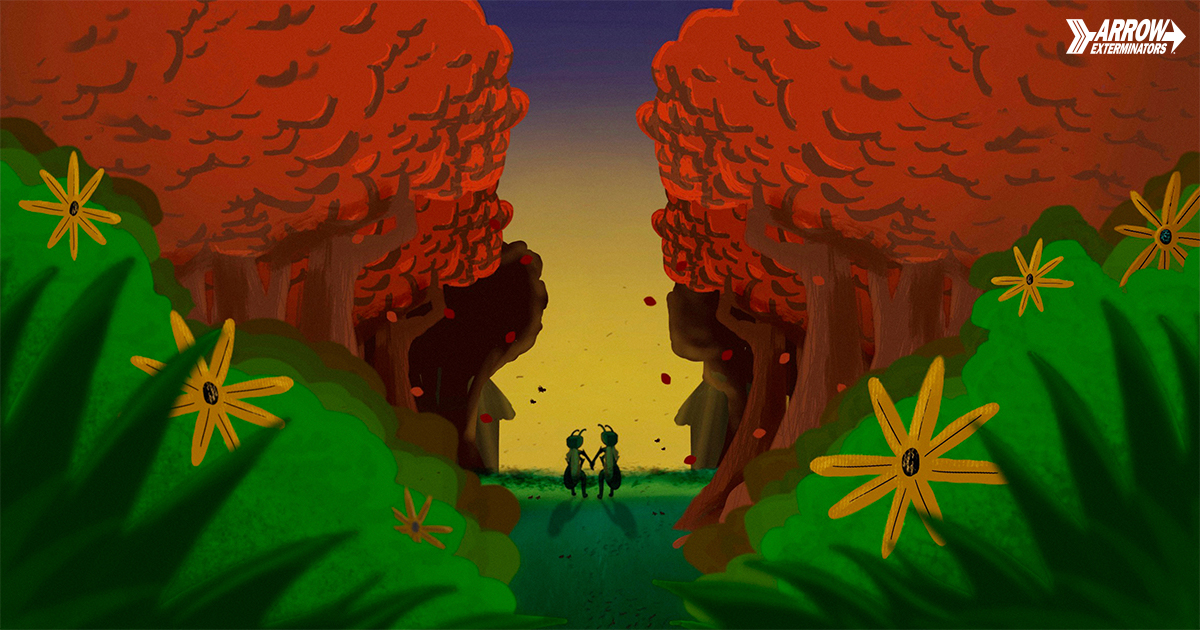Buh-Bye Summer, Buh-Bye Summer Bugs
Let’s be honest: summer bugs can be pretty annoying. They buzz, they sting and they bite. They also have a habit of ruining all of your outdoor fun. Planning on a backyard picnic? Look out for mosquitoes. Want to take a nature hike? Beware of ticks! Reapplying bug spray and wearing layers in already sweltering weather seems like the only defense — but it would be nice if we didn’t have to worry about them at all. Luckily, many of summer’s little pests start making their exit as temperatures start to drop in the fall, and that’s something we can all look forward to. Read on to discover which of these buggos are going to be making their exit soon, and say sayonara to summer insects.
Mosquitos
Perhaps the most annoying of all the summer bugs is the mosquito. No matter how much bug spray you use, they always seem to find the one spot you missed and — bam! — you’ve got an itchy, red bite. They prefer warm, humid climates so a rainy summer is ideal for them. When temperatures drop to 60 degrees, mosquito activity slows down and at 50 degrees, they’ll usually hibernate or begin to die off. Just make a note to clear away standing bodies of water. Some female mosquitoes can lay eggs before the frost that will hatch come spring, starting the cycle all over again.
Wasps
The arrival of an unexpected wasp can ruin a summer gathering and send people running in the opposite direction. Thankfully, with fall around the corner, you should be seeing less and less of these pests. Once temperatures drop below 50 degrees, wasps have a hard time flying. When temperatures approach freezing, they will start to die off, aside from the queen wasp who enters hibernation and survives off of food from the worker wasps. Keep in mind that wasps might use your home for winter shelter, so check attics and roofing and make sure to seal all potential entryways.
Ticks
Ticks prefer warm, humid weather, so they thrive in spring and summer. As fall sets in you might be seeing fewer of them, but that’s not because they die off — it’s because they’re looking for places to hide. They’re more hardy than you think and can actually survive mild winters if they can find a host animal for food and warmth. They also bury themselves under piles of leaves, between shrubs and underneath bark.
Japanese Beetles
Japanese beetles are an invasive species that love 80 degree and above weather. They’re also most active during the sunniest hours of the day. While adult beetles can’t make it in colder weather, females do lay their eggs deep beneath the soil. In colder areas, snowfall acts like insulation to keep the eggs, which hatch into grubs, alive until spring and summer where they emerge as the next generation of beetles. Without snowfall as insulation, grubs can also die.
Give Us a Call
Want to see your summer pests out a little bit earlier and make sure they don’t come around next year? Call Arrow today — we’re here to help!






 YouTube
YouTube Facebook
Facebook Twitter
Twitter Instagram
Instagram